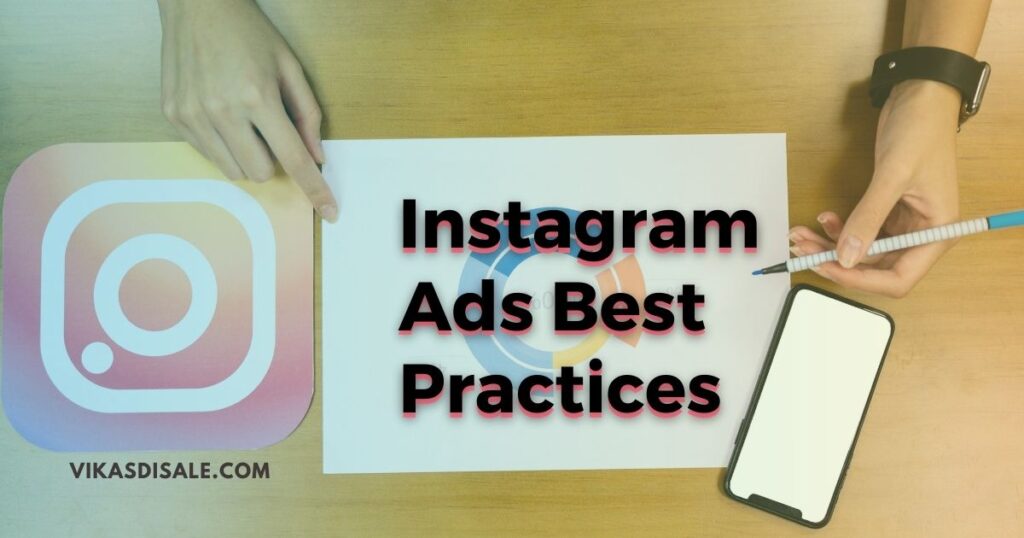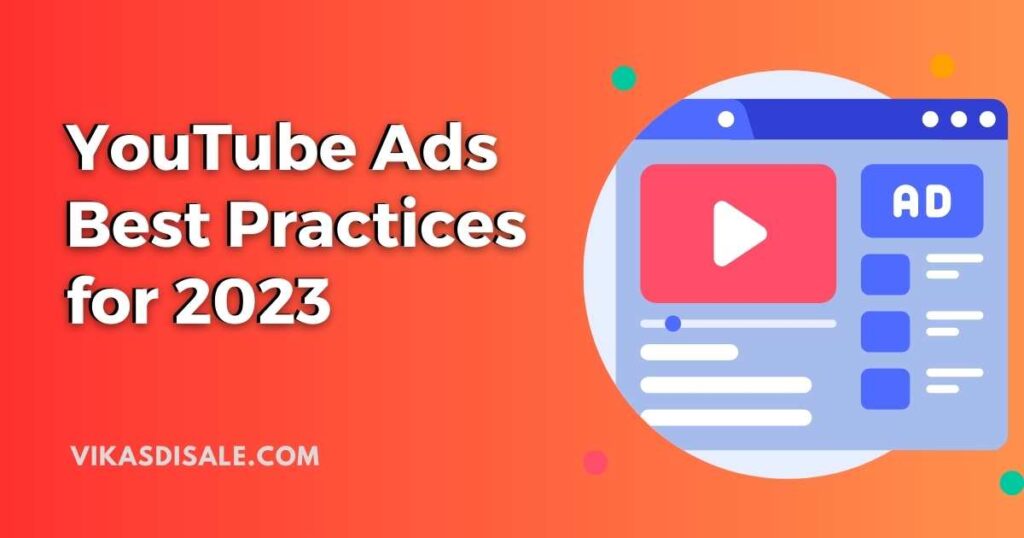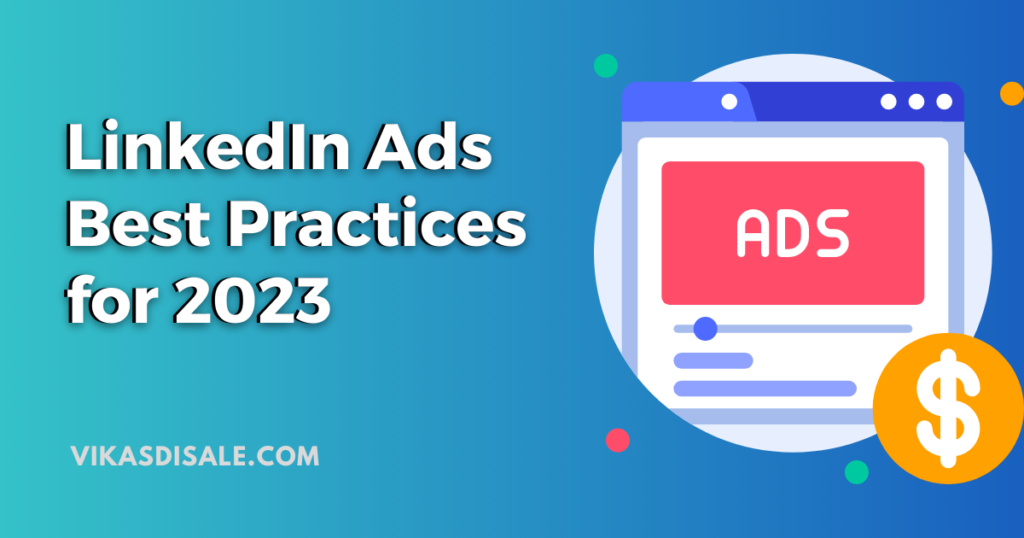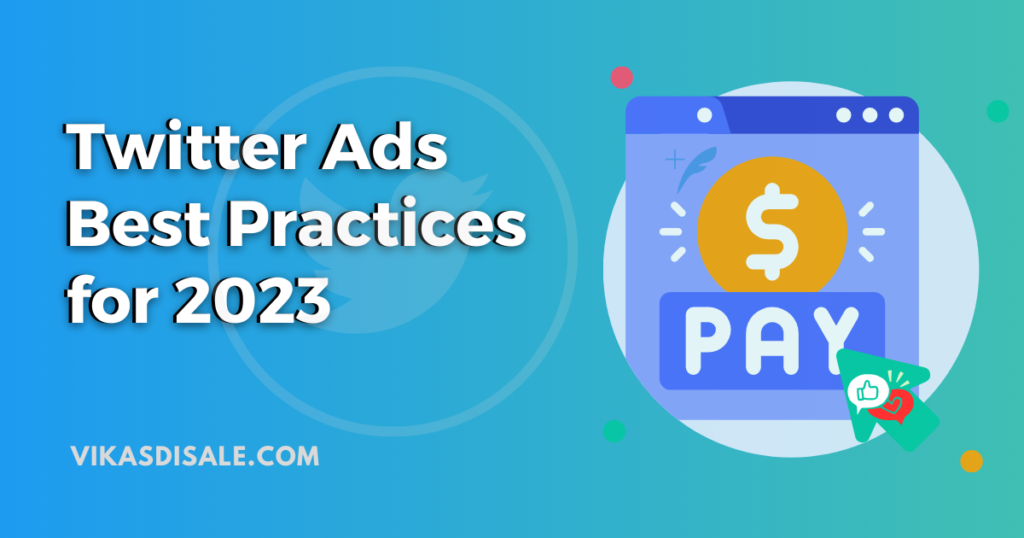
In the realm of digital marketing, Instagram has become a vital platform for businesses. Leveraging Instagram Ads effectively is crucial for success. This guide presents Instagram Ads Best Practices to help you create impactful campaigns. Whether you’re a beginner or an experienced marketer, these strategies will empower you to excel on Instagram, connect with your audience, and achieve your marketing goals.
Let’s explore the keys to success in Instagram advertising.
Here are some best practices for Instagram ads:
Understand Your Audience:
Before creating an Instagram ad campaign, ensure you have a clear understanding of your target audience. Instagram’s robust targeting options allow you to reach specific demographics, interests, and behaviors.
Here are some things to keep in mind when understanding your audience:
- Demographics: What is the age, gender, location, and income level of your target audience?
- Interests: What are the interests of your target audience? What are they passionate about?
- Behaviors: What are the behaviors of your target audience? How do they use Instagram?
- Pain points: What are the pain points of your target audience? What are they struggling with?
- Goals: What are the goals of your target audience? What are they trying to achieve?
Once you understand your audience, you can create ads that are relevant and engaging to them.
Visually Appealing Content:
Instagram is a highly visual platform. Use high-quality images and videos that are eye-catching and align with your brand’s aesthetics. Invest in professional photography or graphic design if needed.
Here are some tips for creating visually appealing content:
- Use high-quality images and videos. Your images and videos should be clear, well-lit, and eye-catching.
- Use relevant visuals. Your visuals should be relevant to your product or service. They should help to tell your story and communicate your message.
- Use clear and concise text. Your text should be clear and concise and should be easy to read. Avoid using words or phrases that are confusing, unfamiliar, or complex.
- Use a strong call to action. Tell people what you want them to do, such as click a button, visit your website, or sign up for your email list.
- Use a consistent style. Your visuals should have a consistent style that matches your brand. This will help to create a cohesive and professional look for your ads
Tell a Story:
Craft your ad’s narrative in a way that engages viewers emotionally. Use captions and visuals that tell a compelling story about your product or service.
Here are some tips for telling a story in your Instagram ads:
- Start with a strong hook. The first few seconds of your ad are crucial for capturing your audience’s attention. Start with a strong hook that will make them want to keep watching.
- Keep it simple. People are busy and don’t have time to read long stories. Keep your ad short and to the point.
- Use visuals to tell your story. Images and videos are a great way to tell your story and engage your audience.
- Be creative. Don’t be afraid to be creative and original with your stories. Try different things and see what works best for your business.
- Personalize your stories. Make your stories relevant to your audience by using personal pronouns and addressing them directly.
- Use a call to action. Tell people what you want them to do, such as click a button, visit your website, or sign up for your email list.
Get more information about paid ads best practices or tips and tricks of paid ads from here – Paid Ads Marketing
Use Hashtags Wisely:
Incorporate relevant and trending hashtags to increase the discoverability of your ads. However, don’t overdo it; a few well-chosen hashtags are more effective than a long list of unrelated ones.
Here are some tips on how to use hashtags wisely in your Instagram ads:
- Relevance: Use hashtags that align with your content and your target audience’s interests.
- Popular & Niche Mix: Combine popular and niche hashtags for balanced visibility.
- Trending, but Timely: Utilize trending hashtags for broader reach, but act fast as their popularity fades.
- Diversify: Avoid repetition; employ a variety of hashtags to expand your reach.
- In Captions: Incorporate hashtags in your captions to enhance searchability and context.
- Moderation: Don’t overdo it; too many hashtags can make your ad appear spammy.
- Track Performance: Monitor hashtag performance to refine your strategy over time.
Clear Call to Action (CTA):
Include a clear and concise CTA in your ad, such as “Shop Now,” “Learn More,” or “Sign Up.” Make it easy for viewers to take the desired action.
Here are some tips on how to write a clear call to action (CTA) for your Instagram ads:
- Make it clear what you want people to do. Tell people exactly what you want them to do, such as click a button, visit your website, or sign up for your email list.
- Keep it short and simple. People are busy and don’t have time to read long CTAs. Keep it short and to the point.
- Use strong verbs. Use strong verbs to tell people what you want them to do. For example, instead of saying “Learn more,” say “Sign up now.”
- Use a button. A button is a great way to make your CTA stand out and easy to click.
- Place your CTA prominently. Place your CTA prominently in your ad so that people can see it easily.
- Test different CTAs. Test different CTAs to see which one performs best.
These lines are all specific and actionable, and they cover a range of different Instagram Ads Best Practices.
Mobile Optimization:
The majority of Instagram users access the platform via mobile devices. Ensure that your ad content is mobile-friendly and loads quickly.
Here are some tips on how to optimize your Instagram ads for mobile devices:
- Create mobile-friendly ads. Your ads should be designed to be viewed on mobile devices. This means using high-quality images and videos that are optimized for mobile viewing.
- Use a clear and concise ad copy. Your ad copy should be easy to read and understand on a mobile device. Avoid using jargon or technical terms that people may not understand.
- Use a strong call to action. Your call to action should be clear and easy to click on a mobile device.
- Test your ads on mobile devices. It’s important to test your ads on mobile devices to make sure they look good and perform well.
Ad Formats:
Instagram offers various ad formats, including photo ads, video ads, carousel ads, and stories ads. Choose the format that best suits your campaign objectives and creative assets.
Here is a brief overview of each format:
- Image Ads: Simple ads with one image, caption, and a call to action for various purposes.
- Video Ads: Engaging 60-second videos with sound, music, and text for storytelling.
- Carousel Ads: Showcase multiple images or videos in one ad for product features or storytelling.
- Story Ads: Full-screen ads within Instagram Stories, including images, videos, and interactive content.
- Collection Ads: Showcase multiple catalogue products to encourage browsing and purchases.
- Explore Ads: Ads on the Explore page, reaching users interested in trending content.
- Shopping Ads: Tag products and sell directly on Instagram to boost sales and conversions.
When choosing an ad format, it’s important to consider your goals and target audience. For example, if you’re trying to reach a new audience and raise brand awareness, you might want to use a video ad or a carousel ad. If you’re trying to drive sales, you might want to use a shopping ad or a collection ad.
Test and Iterate:
Don’t rely on a single ad; run multiple variations of your ad with different images, copy, and CTAs. A/B testing will help you identify what resonates best with your audience.
Here are some tips for testing and iterating on your Instagram ads:
- Define Your Goal: Start with a clear objective – brand awareness, lead generation, or sales.
- Experiment with Formats: Test various ad formats like images, videos, carousels, stories, and shopping ads to discover what clicks with your audience.
- Refine Targeting: Utilize Instagram’s diverse targeting options based on demographics, interests, behaviors, and lookalike audiences.
- Creative Testing: Experiment with different creatives – images, headlines, and copy – to find the winning formula.
- Monitor Results: Use Instagram Ads Manager’s reporting tools to track performance and gain insights.
- Continuous Improvement: Analyze data and make adjustments to formats, targeting, creatives, and strategies for ongoing success.
It’s important to note that testing and iterating is an ongoing process. There is no one-size-fits-all solution, and what works for one business may not work for another.
Monitor Analytics:
Regularly review the performance of your Instagram ads through the platform’s analytics tools. Pay attention to metrics like click-through rate (CTR), conversion rate, and engagement to make data-driven optimizations.
Here are some of the key metrics you should track:
- Impressions: The number of times your ad was seen by people.
- Reach: The number of unique people who saw your ad.
- Frequency: The average number of times a person saw your ad.
- Clicks: The number of times people clicked on your ad.
- Cost per click (CPC): The average amount of money you paid each time someone clicked on your ad.
- Cost per thousand impressions (CPM): The average amount of money you paid each time your ad was seen by 1,000 people.
- Conversion rate: The percentage of people who clicked on your ad and took a desired action, such as visiting your website or making a purchase.
Budget and Scheduling:
Set a realistic budget for your Instagram ad campaign and choose an appropriate scheduling strategy. Consider peak times when your target audience is most active on the platform.
- Goals: Define your objectives – whether it’s brand awareness, lead generation, or sales. Align your budget and schedule accordingly.
- Target Audience: Identify your ideal audience to optimize ad timing based on their habits and behaviors.
- Budget: Determine your Instagram ad budget to control ad frequency and reach.
- Scheduling: Set specific times or days for your ads or create varied schedules using Instagram Ads Manager.
Compliance with Instagram Guidelines:
Familiarize yourself with Instagram’s advertising policies and guidelines to avoid getting your ads rejected or your account penalized.
Here are some of the key things to keep in mind when creating and running Instagram ads:
- Don’t target ads to minors. Instagram prohibits the targeting of ads to users under the age of 13.
- Avoid promoting sensitive content. Instagram prohibits the promotion of sensitive content, such as violence, hate speech, and nudity.
- Be honest and transparent. Instagram prohibits misleading or deceptive advertising. Your ads should be clear and accurate about what you are offering.
- Get permission before using user content. If you want to use user content in your ads, you must obtain permission from the user first.
- Comply with all applicable laws and regulations. Instagram requires advertisers to comply with all applicable laws and regulations, including data protection laws.
Engage with Comments:
Encourage user engagement by responding to comments on your ads promptly. This helps build a sense of community and trust around your brand.
- Respond to All Comments: Show you care by responding to as many comments as possible.
- Be Timely: Respond promptly to demonstrate your attentiveness.
- Be Personal: Address users by name and use a friendly tone.
- Be Helpful: Answer questions with valuable information.
- Stay Positive: Maintain professionalism and resolve issues courteously, even with negative comments.
Retargeting:
Implement retargeting campaigns to re-engage users who have interacted with your brand but didn’t convert initially. This can be highly effective in driving conversions.
Here are some tips for creating effective retargeting campaigns on Instagram:
- Segment Audience: Divide your custom audience based on interests and demographics for tailored ads.
- Compelling Visuals: Use high-quality, relevant images and videos in your retargeting ads.
- Clear Copy: Craft concise ad copy that directs action.
- Strong CTA: Include a compelling call to action, guiding users on what to do next.
- Track Results: Continuously monitor and analyze campaign performance to refine your strategy.
By following these Instagram Ads Best Practices, you can create more effective and engaging Instagram ad campaigns to reach and convert your target audience on the platform.
Vikas Disale is Digital Marketer and practicing SEO, Social Media, Paid Ads since 2011. Vikas like to share his knowledge via Podcast, YouTube videos.



